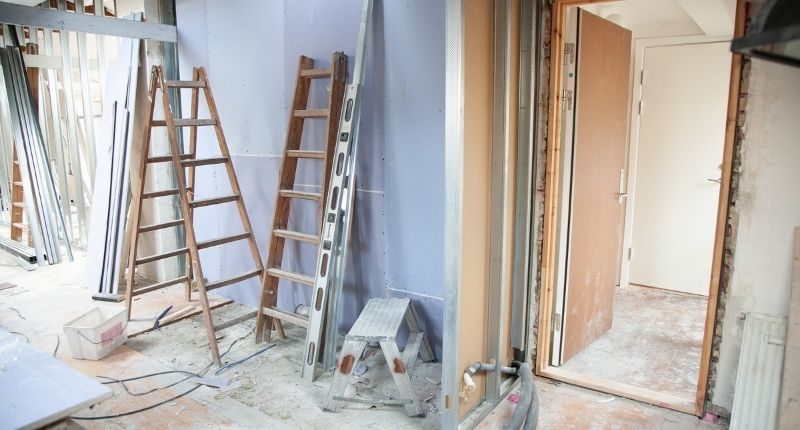- 66% of investment properties have undergone some form of addition or renovation
- Many older rental properties still hold significant depreciation tax deductions
- Many property investors are under the misconception that depreciation is not available on older second-hand properties
66% of investment properties have undergone some form of addition or renovation, proving many older rental properties still hold significant depreciation tax deductions, according to a study by BMT Tax Depreciation.
CEO Bradley Beer said the finding is significant because many property investors are under the misconception that depreciation is not available on older second-hand properties.
“In November 2017, the Government changed the way investors claim depreciation for plant and equipment assets. Specifically, depreciation on previously used plant and equipment assets can no longer be claimed,” he explained.
“This has resulted in many investors misunderstanding the changes and not claiming the depreciation at all – missing out on what could be thousands of dollars back at tax time.”

Mr Beer explained capital works deductions available on the structure of a residential property built after 1987 remained unaffected by the change in legislation and make up 85 to 90% of depreciation claims.
He also clarified that owners who renovate older investment properties can claim qualifying capital works deductions and depreciation on newly installed plant and equipment assets.
“Say a property was built in 1980 and the new owner purchased it as an investment in 2021, then neither capital works nor plant and equipment depreciation deductions are available on the original structure.
“However, if it underwent any form of structural renovation since 1987, even by previous owners, then capital works nor plant and equipment depreciation deductions are available on the original structure.”
There is one important step to finding any type of addition and improvement to an investment property, added Mr Beer.
“Physical site inspections make up a key part of our process, ensuring that every addition or renovation is identified and valued by a specialist. Including those that were done by a previous owner.
“Some renovations and additions are difficult to identify and see the extent of the works, so investors of older properties must not rule of depreciation straight away. Instead, contact a specialist who will find deductions on any renovations made and which will increase the annual cash return.”
~~
Before making any property-related decisions, please do your own independent research, taking into account your own situation. This article does not purport to provide financial or investment advice. See our Terms of Use.








